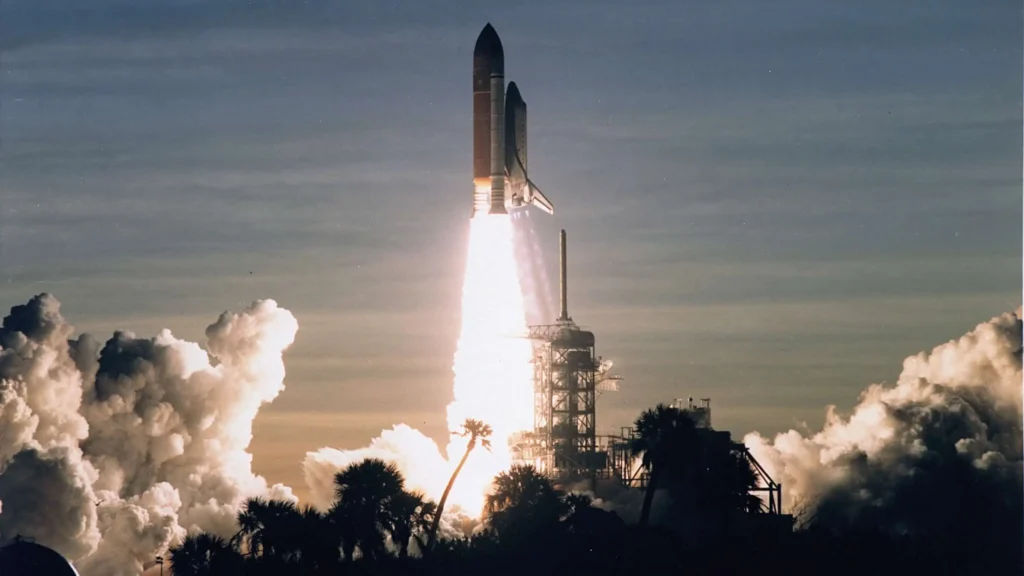The question of how space travel affects astronauts’ health is of great importance, especially as space missions become more frequent and ambitious. To address this complex issue, a groundbreaking new tool has been developed by international researchers. This innovative resource, known as the Space Omics and Medical Atlas (SOMA), will serve as an integrated database containing detailed information on astronauts’ health, risk mitigation methods, and specific countermeasures for future space missions.
SOMA is designed to be a comprehensive repository, gathering samples and data from a wide range of space missions, including those conducted by SpaceX and NASA. With this database, it will be possible to more accurately monitor astronauts’ health before, during, and after missions, offering a detailed view of the physiological and psychological impacts of prolonged space travel.

Beyond storing data, SOMA will allow for the analysis and comparison of information over time and across different missions. This will facilitate the identification of patterns and trends, helping scientists better understand the adverse effects of space travel, such as bone and muscle mass loss, immune system changes, cardiovascular issues, and more.
The tool will also play a crucial role in implementing effective countermeasures. By identifying the specific risks associated with space travel, researchers will be able to develop and test interventions to mitigate these risks, improving astronauts’ health and safety. This is particularly relevant as space exploration expands to more distant destinations, such as Mars, where missions will be longer and more challenging.
In short, the Space Omics and Medical Atlas (SOMA) represents a significant advancement in space research, offering a powerful platform for monitoring, analyzing, and improving astronauts’ health. With this resource, the scientific community will be better equipped to tackle the challenges of space travel and ensure that space explorers can carry out their missions in the best possible health.
A groundbreaking study, published in the scientific journal Nature last Tuesday (11), has brought to light a new tool that promises to revolutionize our understanding of the impact of space travel on human health. The Space Omics and Medical Atlas (SOMA) has emerged as a crucial source of information, providing a comprehensive biomedical profile to investigate both the short- and long-term effects of spaceflight on human physiology.
The anticipation surrounding SOMA is immense, as it promises to provide essential data for the continuous monitoring of astronauts’ health, as well as valuable insights for risk mitigation and the development of countermeasures for future missions—whether to the Moon, Mars, or other space explorations.
What makes SOMA so powerful is its vast range of molecular and physiological profiles. These profiles encompass datasets in genomics, epigenomics, transcriptomics, proteomics, metabolomics, and microbiome analysis, offering a holistic view of how space travel impacts the human body.
The collection of samples for SOMA was meticulously planned, covering not only the spaceflight period but also pre- and post-mission phases, including the recovery period. In total, SOMA’s database stores 2,911 samples, with over a thousand processed for sequencing, imaging, and biochemical analysis.
One of SOMA’s most impressive aspects is the scale of its data. The volume of publicly available human space omics data has increased more than tenfold thanks to this innovative tool, as highlighted by the researchers involved.
Thus, SOMA not only represents a significant advancement in space research but also promises to be an indispensable tool for ensuring astronauts’ health and safety during future space missions. With its potential to reveal new insights and guide effective medical interventions, SOMA is poised to shape the future of space exploration in exciting and transformative ways.
In addition to its crucial role in researching and monitoring astronauts’ health during space missions, researchers emphasize that the Space Omics and Medical Atlas (SOMA) also holds significant potential to benefit people on Earth. This technological breakthrough not only provides valuable insights into human adaptation to the space environment but also has practical applications for those facing similar challenges here on Earth.
Guy Trudel, a professor at the University of Ottawa and one of the study’s contributors, underscores the clinical relevance of the data collected by SOMA. He notes that many of the changes observed in astronauts during space travel resemble those experienced by individuals who are bedridden. This similarity suggests that studies conducted on astronauts could provide valuable insights into understanding and addressing medical conditions related to prolonged immobility or limited mobility on Earth.
This correlation between the effects of space travel and health conditions found in patients on Earth offers a new perspective on SOMA’s usefulness. The data and analyses obtained could be directly relevant to the health and rehabilitation of individuals with mobility limitations, providing a deeper understanding of the physiological and biological changes associated with reduced movement.
Therefore, while SOMA continues to play a vital role in preparing and executing future space missions, its ability to offer clinically relevant insights for terrestrial medical conditions adds an extra dimension to its value. This technological breakthrough not only expands our knowledge of human health in space but also promises to improve the quality of life and medical care effectiveness for a variety of conditions here on Earth.
In summary, the Space Omics and Medical Atlas (SOMA) is not only an essential tool for space exploration but also provides valuable perspectives on the health and well-being of those residing on planet Earth. Its data open new horizons in understanding human adaptations to space while also offering hope and guidance for improving medical care for people with limited mobility or similar health conditions. Thus, SOMA represents not only a scientific breakthrough but also a testament to the transformative potential of space science in everyday life.

